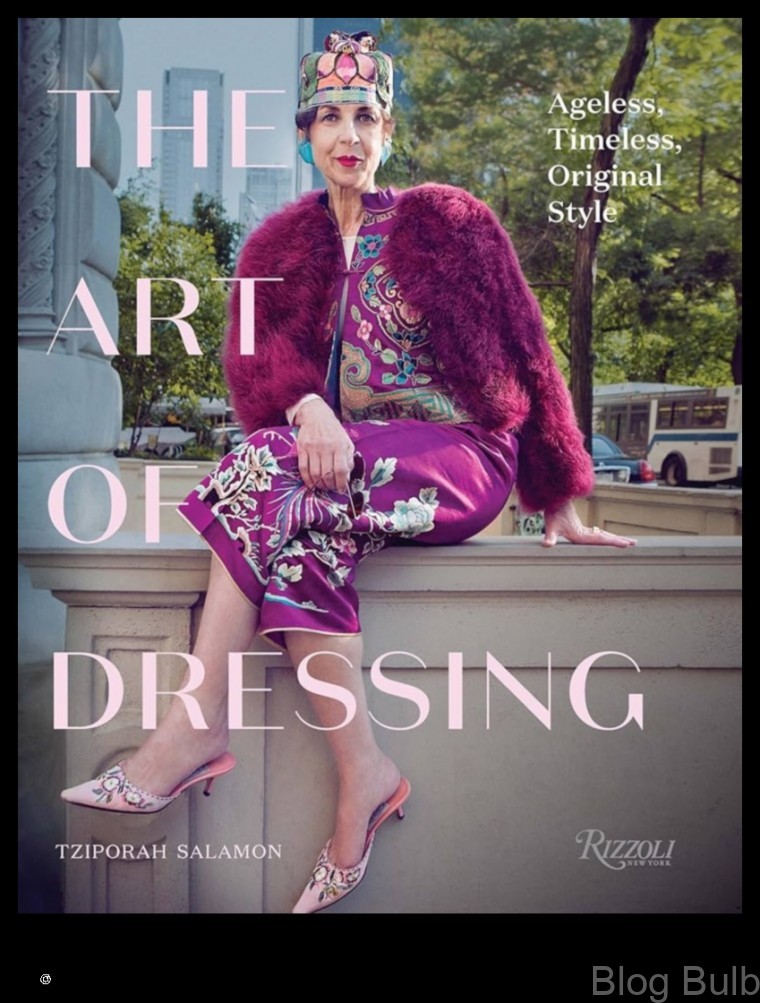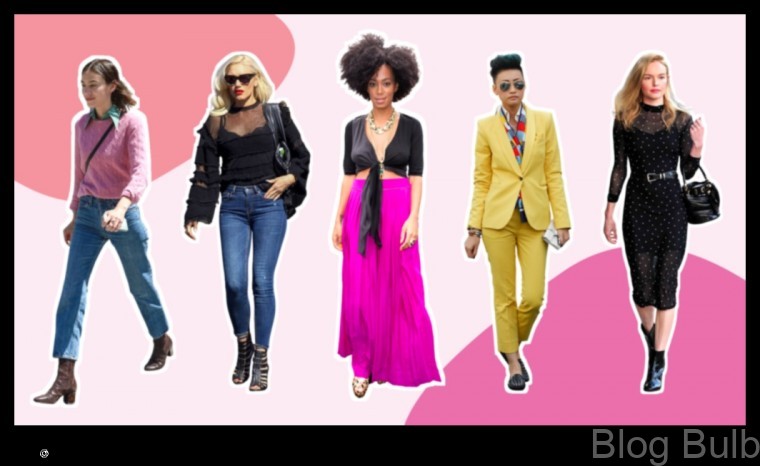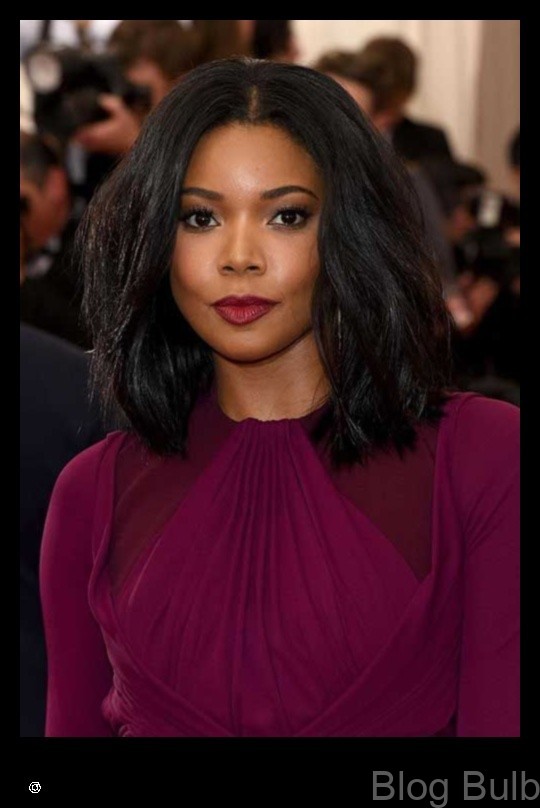
Table of Contents
The Art of Dressing: Finding Your Signature Style
Introduction
Dressing is a way of expressing yourself. It can be a way to show your personality, your mood, and your sense of style. When you find a dressing style that you feel comfortable in and that reflects your personality, you will look and feel your best.
Types of Dressing Styles
There are many different types of dressing styles, and there is no right or wrong way to dress. The most important thing is to find a style that you feel comfortable in and that makes you feel confident. Some of the most popular dressing styles include:
- Casual
- Formal
- Business casual
- Street style
- Ethnic
- Rock
- Preppy
- Bohemian
- Glam
How to Choose the Right Dressing Style for You
When choosing a dressing style, it is important to consider your body type, your personality, and your lifestyle. Here are a few things to keep in mind:
- Your body type: Some dressing styles are more flattering to certain body types than others. For example, if you are petite, you may want to avoid wearing oversized clothing.
- Your personality: Your personality should also be a factor in choosing a dressing style. If you are a more casual person, you may not want to wear a lot of formal clothing.
- Your lifestyle: Your lifestyle should also be considered when choosing a dressing style. If you have a job that requires you to dress formally, you will need to have a different wardrobe than someone who works in a more casual setting.
Dressing for Different Occasions
The way you dress should also be appropriate for the occasion. For example, you would not wear the same outfit to a job interview as you would to a casual dinner with friends. Here are a few tips for dressing for different occasions:
- Job interviews: For a job interview, you should dress in a formal or business casual style. This means wearing a suit or a dress shirt and pants.
- Casual dinners: For a casual dinner, you can wear jeans, a blouse, or a dress.
- Formal events: For a formal event, you should wear a dress or a suit.
- Special occasions: For a special occasion, you can wear a cocktail dress or a tuxedo.
Dressing for Your Body Type
Your body type is an important factor to consider when choosing a dressing style. Some dressing styles are more flattering to certain body types than others. Here are a few tips for dressing for your body type:
- If you are petite, you should avoid wearing oversized clothing. Instead, choose clothing that is fitted and flattering.
- If you have a curvy figure, you should emphasize your curves by wearing clothing that fits your waist and hips.
- If you are tall and thin, you can wear most styles of clothing. However, you may want to avoid wearing clothing that is too baggy or too tight.
Dressing for Your Personality
Your personality is another important factor to consider when choosing a dressing style. If you are a more casual person, you may not want to wear a lot of formal clothing. Here are a few tips for dressing for your personality:
- If you are a creative person, you may want to experiment with different styles of clothing.
- If you are a confident person, you can wear bold and bright colors.
- If you are a more reserved person, you may want to choose more neutral colors and styles.
Dressing for Your Age
Your age is another important factor to consider when choosing a dressing style. The way you dress should be appropriate for your age. Here are a few tips for dressing for your age:
| Feature | Answer |
|---|---|
| Style | The way you dress reflects your personality and sense of style. |
| Fashion | The latest trends in clothing and accessories. |
| Clothing | The items of clothing that you wear. |
| Personal style | The unique way that you put together your clothes to create a look that is all your own. |
| Fashion advice | Tips and tricks on how to dress for your body type, personality, and budget. |
II. Types of Dressing Styles
There are many different types of dressing styles, and each one can be used to create a unique and personal look. Some of the most popular dressing styles include:
- Classic style
- Preppy style
- Romantic style
- Bohemian style
- Tomboy style
- Sporty style
- Ethnic style
- Vintage style
- Eclectic style
The type of dressing style that you choose will depend on your personal preferences, your body type, and your lifestyle.

III. How to Choose the Right Dressing Style for You
There are many different dressing styles to choose from, and the right one for you will depend on your personality, body type, and lifestyle. Here are a few tips to help you find your signature style:
- Consider your personality. What kind of clothes do you feel most comfortable in? Do you like to dress in a casual, sporty, or formal way?
- Take your body type into account. Choose clothes that flatter your figure and make you feel confident.
- Think about your lifestyle. What activities do you do on a regular basis? Do you need clothes that are comfortable, durable, or stylish?
Once you have considered these factors, you can start to narrow down your options and find a dressing style that is perfect for you. Here are a few examples of different dressing styles:
- Casual: This style is all about comfort and ease. It typically includes jeans, T-shirts, sweaters, and sneakers.
- Sporty: This style is for people who are active and on the go. It includes athletic wear, yoga pants, and sneakers.
- Formal: This style is for special occasions, such as weddings, job interviews, and formal dinners. It includes suits, dresses, and heels.
No matter what your personality or lifestyle, there is a dressing style out there for you. Experiment with different options until you find one that you feel confident and comfortable in.
IV. Dressing for Different Occasions
When you’re dressing for a different occasion, it’s important to consider the formality of the event, the time of day, and the climate.
For example, if you’re attending a formal event, you’ll want to dress in a more formal style, such as a suit or a cocktail dress. If you’re attending a casual event, you can dress more relaxed, such as in jeans and a t-shirt.
It’s also important to consider the time of day when you’re dressing for an event. If you’re attending an event in the morning, you’ll want to dress more casually than if you’re attending an event in the evening.
Finally, you’ll want to consider the climate when you’re dressing for an event. If you’re attending an event in a warm climate, you’ll want to dress in lightweight, breathable fabrics. If you’re attending an event in a cold climate, you’ll want to dress in layers to stay warm.
By following these tips, you can ensure that you’re dressed appropriately for any occasion.
V. Dressing for Your Body Type
Your body type is one of the most important factors to consider when choosing clothes. The right clothes can help to flatter your figure and make you look your best. There are five main body types: hourglass, pear, apple, rectangle, and inverted triangle.
If you have an hourglass figure, you have a curvy waist and hips with a defined bust. You can wear most styles of clothing, but you should focus on accentuating your waist with fitted tops and skirts or dresses that hit at the knee or below.
If you have a pear-shaped figure, you have a larger bust and hips than waist. You should focus on balancing your proportions by wearing tops that are fitted at the waist and skirts or dresses that flare out at the bottom.
If you have an apple-shaped figure, you have a larger waist than bust and hips. You should focus on creating the illusion of a smaller waist by wearing tops that are loose or A-line and skirts or dresses that hit at the knee or below.
If you have a rectangular figure, you have a straight, narrow body with no defined waist. You should focus on creating the illusion of a waist by wearing tops that are fitted at the waist and skirts or dresses that have a defined waistline.
If you have an inverted triangle figure, you have a broad shoulders and narrow hips. You should focus on balancing your proportions by wearing tops that are loose on top and skirts or dresses that flare out at the bottom.
Once you know your body type, you can start to choose clothes that flatter your figure and make you look your best. By following these tips, you can create a stylish and confident look that is all your own.
VI. Dressing for Your Personality
Your personality is one of the most important factors to consider when choosing a dressing style. The way you dress should reflect your personality and make you feel confident and comfortable.
There are many different personality types, and each one has its own unique style. Some of the most common personality types include:
- Extrovert
- Introvert
- Agreeable
- Diplomatic
- Analytical
- Pragmatic
- Artistic
- Skeptical
Once you know your personality type, you can start to choose clothes that reflect your personality and make you feel your best. Here are a few tips for dressing for your personality:
- Extroverts should choose clothes that are bright, bold, and eye-catching.
- Introverts should choose clothes that are more muted and understated.
- Agreeable people should choose clothes that are comfortable and flattering.
- Diplomatic people should choose clothes that are stylish and well-made.
- Analytical people should choose clothes that are functional and practical.
- Pragmatic people should choose clothes that are durable and long-lasting.
- Artistic people should choose clothes that are creative and expressive.
- Skeptical people should choose clothes that are stylish and unique.
By dressing for your personality, you can create a look that is both stylish and flattering. You will also feel more confident and comfortable in your clothes, which will make you more likely to wear them and enjoy them.
VII. Dressing for Your Age
As you age, your body and lifestyle change. It’s important to adjust your wardrobe to reflect these changes in order to look your best and feel confident.
Here are a few tips for dressing for your age:
- Choose clothes that are flattering to your figure.
- Avoid wearing clothes that are too tight or too revealing.
- Choose comfortable clothes that you can move around in easily.
- Invest in high-quality pieces that will last.
It’s also important to keep in mind your personal style when dressing for your age. Don’t be afraid to experiment with different looks until you find something that you feel good in.
Here are a few examples of stylish outfits for women of different ages:
- For a 20-something woman, a trendy crop top and high-waisted jeans would be a great option.
- For a 30-something woman, a classic blazer and dress pants would be a polished and professional look.
- For a 40-something woman, a stylish jumpsuit would be a comfortable and stylish option.
- For a 50-something woman, a fitted dress and cardigan would be a feminine and flattering look.
Ultimately, the best way to find your own personal style is to experiment with different looks until you find something that you feel good in. Don’t be afraid to try new things and don’t let your age hold you back from expressing yourself through your clothing.
Dressing for Your BudgetWhen it comes to dressing for your budget, there are a few things you can keep in mind. First, remember that you don’t have to spend a lot of money to look good. There are plenty of affordable options available, both new and secondhand. Second, focus on quality over quantity. It’s better to have a few well-made pieces that you can wear for years to come than a closet full of cheap clothes that will fall apart after a few wears. Third, be creative with your styling. You can dress up a simple outfit with accessories or add personality with a unique piece of jewelry.
Here are a few tips for dressing for your budget:
- Shop sales and clearance racks.
- Look for coupons and discounts.
- Consider secondhand shopping.
- Learn to sew or alter your clothes.
- Borrow clothes from friends or family.
By following these tips, you can dress for your budget without sacrificing style.
IX. Dressing for Sustainability
Dressing for sustainability means choosing clothes that are made from sustainable materials, produced in a sustainable way, and that will last a long time.
Here are some tips for dressing for sustainability:
- Choose clothes made from natural materials, such as cotton, linen, and wool.
- Look for clothes that are made from recycled or upcycled materials.
- Avoid clothes that are made from synthetic materials, such as polyester and nylon.
- Choose clothes that are produced in a sustainable way. Look for clothes that are made in factories that have good working conditions and that do not pollute the environment.
- Buy clothes that will last a long time. Look for clothes that are well-made and that will not go out of style quickly.
- Reuse and recycle old clothes.
- Donate old clothes to charity.
Dressing for sustainability is not always easy, but it is important to make an effort to reduce the environmental impact of our clothing choices. By choosing clothes that are made from sustainable materials, produced in a sustainable way, and that will last a long time, we can help to protect the environment and create a more sustainable fashion industry.
X. FAQ
Q: What is a signature style?
A: A signature style is a unique and personal way of dressing that reflects your personality and sense of style. It’s the kind of style that people will recognize as yours, even if they don’t know your name.
Q: How do I find my signature style?
A: There are a few things you can do to find your signature style. First, experiment with different clothes and accessories until you find a combination that makes you feel confident and comfortable. Second, pay attention to the clothes that you gravitate towards. What do you like about them? How do they make you feel? Third, take inspiration from people whose style you admire. What do you like about their style? How can you incorporate some of their elements into your own look?
Q: How can I keep my signature style fresh?
A: Your signature style should evolve over time, as you change and grow. Here are a few tips for keeping your style fresh:
- Stay up-to-date on the latest fashion trends.
- Don’t be afraid to experiment with new colors, silhouettes, and textures.
- Add new pieces to your wardrobe every season.
- Don’t be afraid to mix and match different styles.
Maybe You Like Them Too
- How to Detangle Curly Hair Without Damaging It
- Sole Mates A Guide to Finding the Perfect Shoes for Every Outfit
- Beauty Beyond Borders When Fashion and Makeup Collide
- 50 Chic Wedding Hairstyles for the Modern Bridesmaid
- The Best Shampoos for Hair Extensions A Guide to Keeping Your Extensions Healthy



